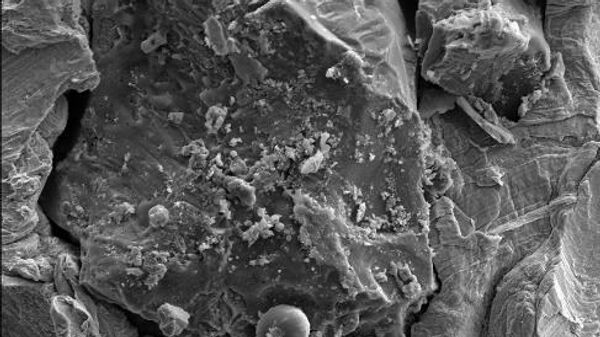
WENCHANG ( China), May 3Chinese scientists expect that as part of the Chang'e-6 mission they will be able to deliver soil samples about 4 billion years old from the far side of the Moon to Earth, the deputy director of the Center for Lunar Exploration and Space Engineering of China told reporters National Space Administration Ge Ping.
China on Friday launched the Chang'e-6 probe, which, if the mission is successful, will deliver soil samples from the far side of the Moon to Earth for the first time in human history. 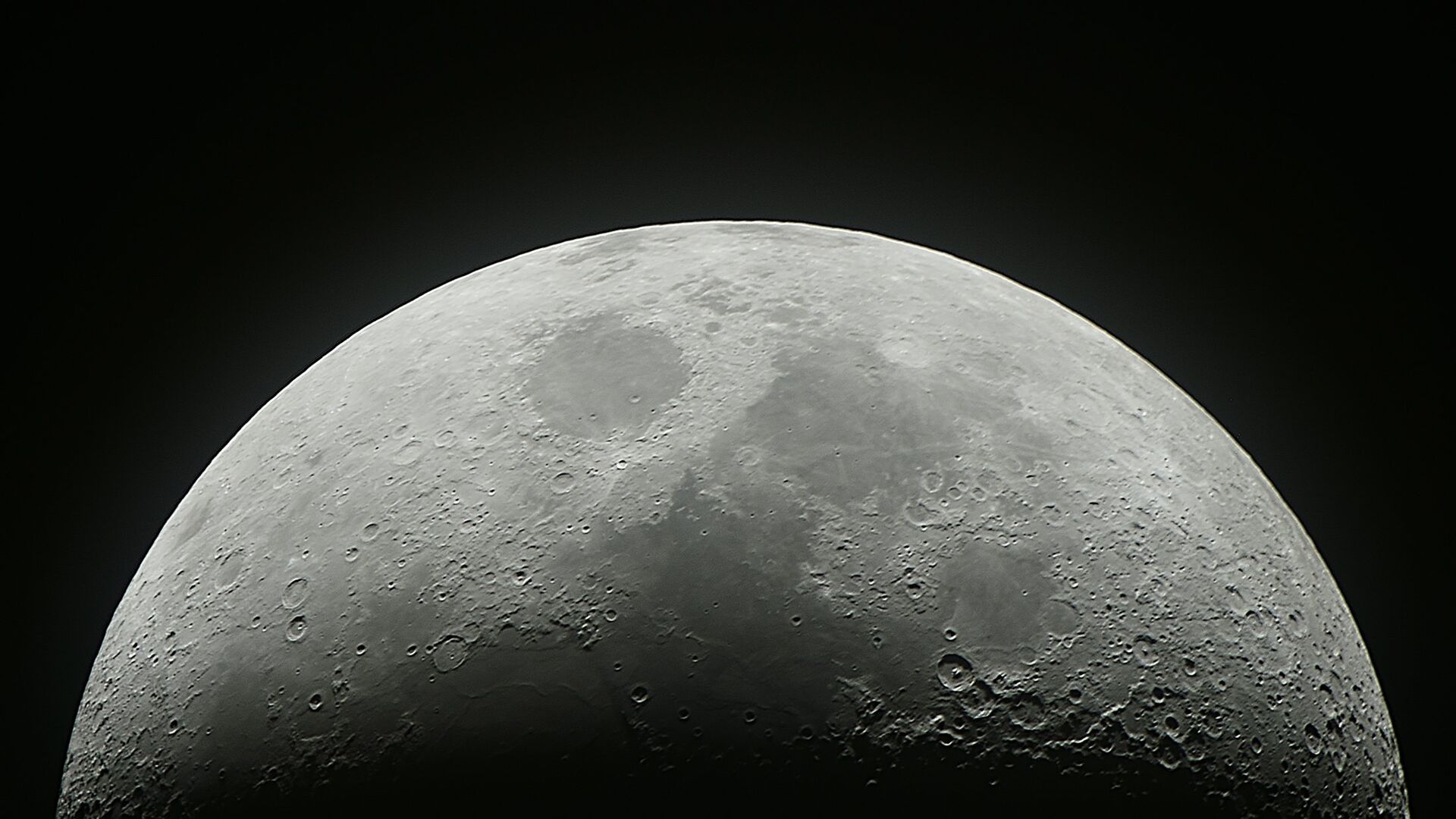
«The geological age of lunar samples collected previously by the United States and the former Soviet Union is approximately 3 billion years. The geological age of samples collected by our Chang'e-5 mission in 2020 is approximately 2 billion years. We expect the geological age The samples that will be collected during the Chang'e-6 mission will be about 4 billion years old,» Ge Ping said.
The mission will last 53 days, it is planned to deliver about 2 kilograms of soil. He emphasized that all the samples studied so far were collected on the visible side of the Moon, and its far side is more ancient.
“We believe that collecting samples of lunar soil of different geological ages from different areas of the Moon and conducting laboratory research is of great value and importance in order for all humanity to have a more complete understanding of the Moon and a deep understanding of the history of the formation and evolution of the Moon — and even the origin of the Solar systems,» Ge Ping noted.
At the same time, he emphasized that the main goal of the Chang’e-6 probe mission is to deliver samples from the far side of the Moon; there have been no such precedents in the world, and he expressed hope that this mission “will bring great scientific value not only China, but also to all humanity.»
The South Pole-Aitken basin was chosen as the landing zone for the probe — this is an impact basin in the south of the far side of the Moon, and at the same time the largest known crater of the Moon with a diameter of 2.4 thousand kilometers. < br />
< br />


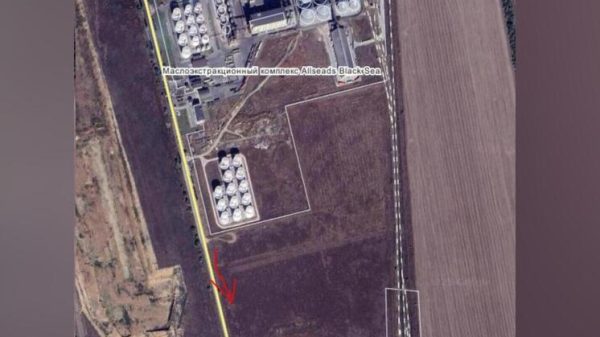














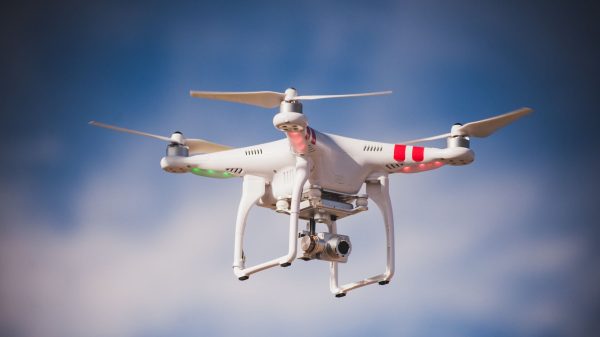
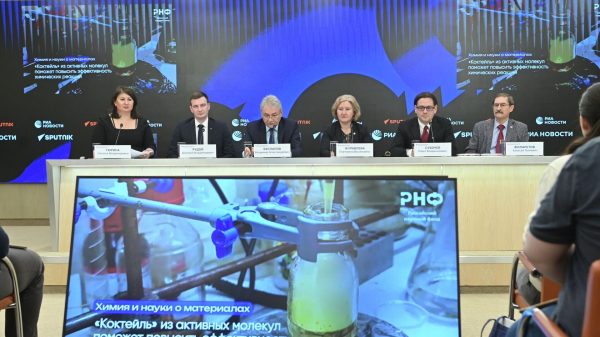















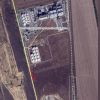















Свежие комментарии